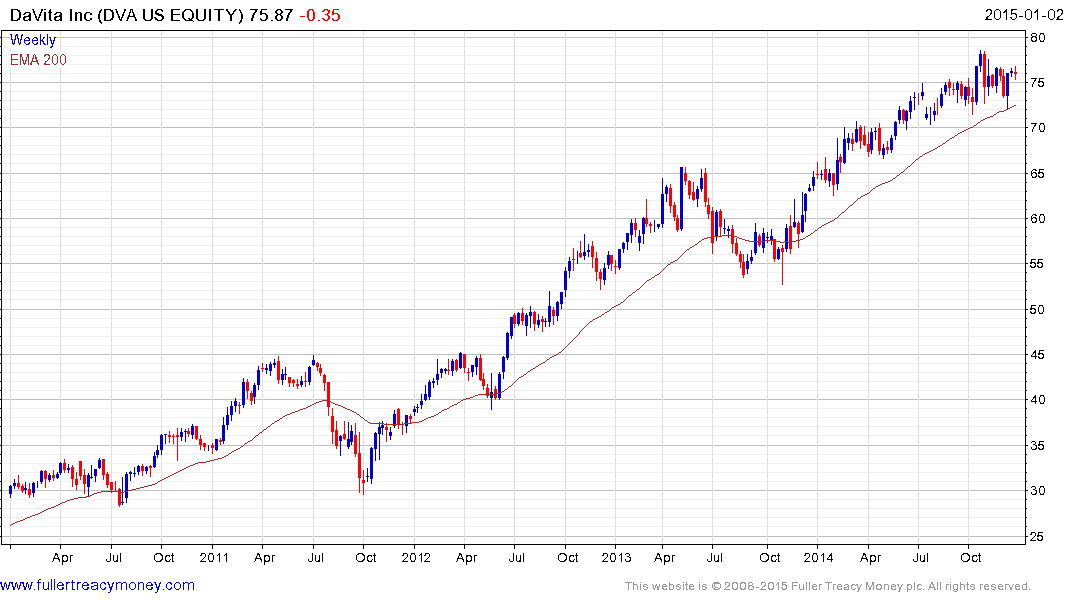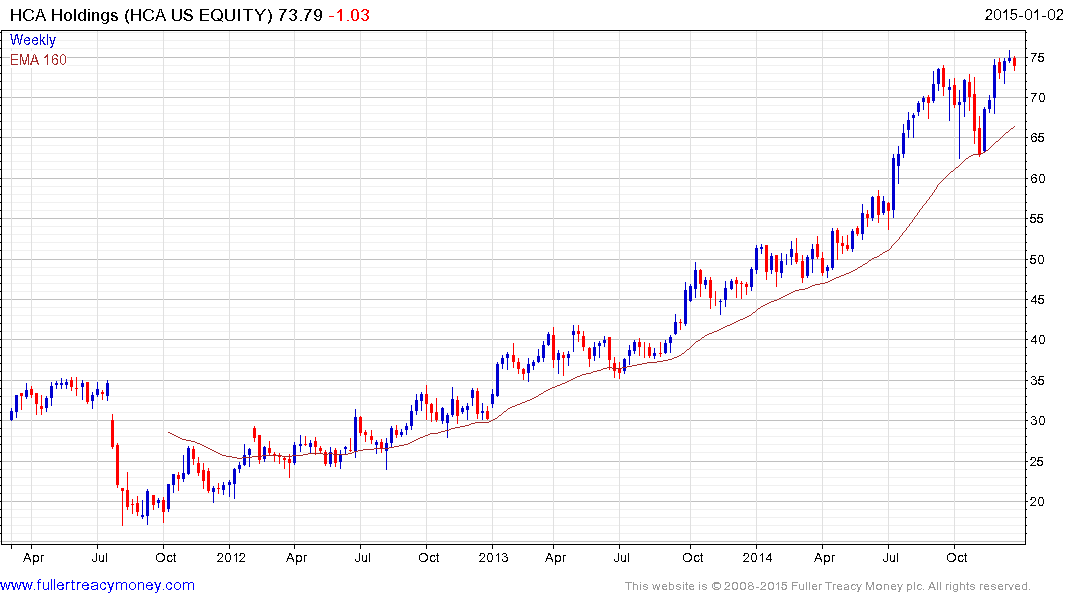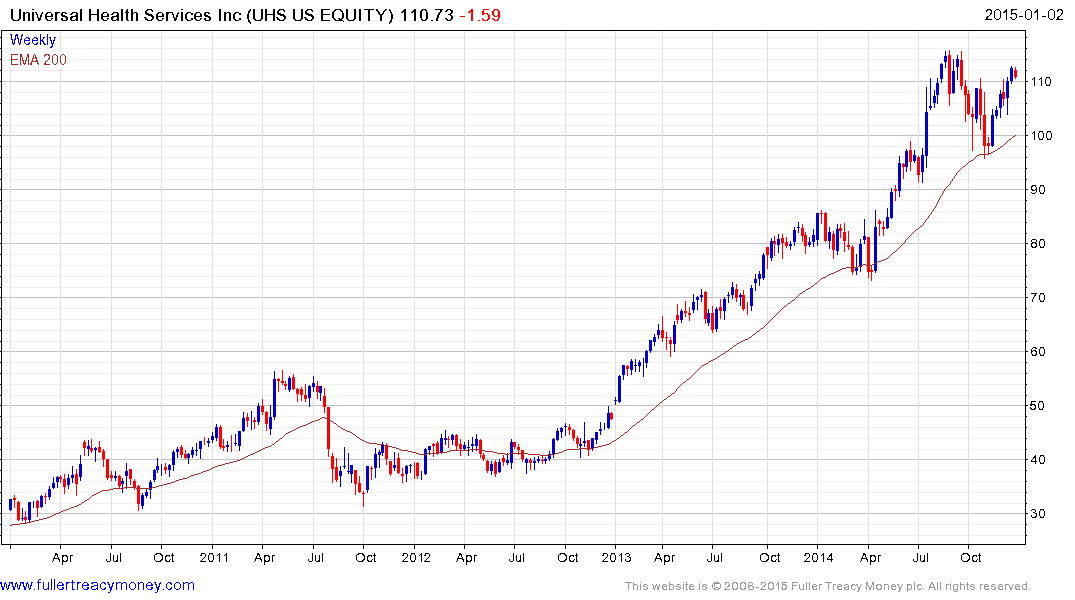Blockbuster Is Out, Doctor Is In as Clinics Fill Stores
This article by Doni Bloomfield for Bloomberg may be of interest to subscribers. Here is a section:
Private equity firms and venture capitalists have poured more than $3 billion into urgent care clinics since 2010, according to Pitchbook, a research firm.
Some Obamacare plans offer cheaper monthly premiums in exchange for high deductibles, which may steer more patients to urgent-care clinics. While it cost about $94 to treat a sore throat at a local urgent care center in 2013, treating the same symptoms would total more than $590 at an emergency room, according to CareFirst Inc., a Maryland health insurer. Flu treatment at a retail clinic cost around $128; the same procedures would total $804 in an ER.
Some hospitals have begun opening their own urgent-care clinics to relieve emergency rooms and draw more patients into their systems.
Clinic Boom
Vanderbilt University Medical Center in Nashville, Tennessee, is building clinics in retail settings like the second floor of a bank. The expansion was partly inspired by the hospital’s first major push off its main campus in 2009, when Vanderbilt took over a large portion of Nashville’s first enclosed mall, One Hundred Oaks, to house dozens of specialty clinics.“We are a level-one trauma center and our emergency room is packed all the time,” said Janice Smith, chief administrative officer of the hospital’s off-campus system, in a telephone interview. “We’re trying to decamp those patients that truly don’t need the emergency room care to facilities that can give them the quality of care that they need.”
?While urgent care has a part to play, primary physicians should still remain central to medicine, according to Manish Ozu, an emergency room doctor and medical director at Anthem. “We always stress the primary care relationship first,” Ozu said in a phone interview.
I was in Arizona in early December to deliver a talk to the clients of Sentinel Rock Wealth Management. It was a pleasure to meet Dan Quayle at the event but it was a discussion between two property developers at the reception ahead of the event that has stuck with me. One was from Colorado, one from Arizona. The chap from Colorado was lamenting the fact that the tenants at his strip mall were not making enough money. He had just signed Starbucks as an anchor tenant and was contemplating selling the property and using this new leaseholder as a potential carrot for a buyer.
The Arizona native had an altogether different story. He had timed his exit from building commercial property in Phoenix well and avoided the worst effects of the crash. He reported that because of the effect of online businesses on retailers he is only building medical facilities now. Business is booming not least because of the cost of seeing a primary physician or attending an ER and because both tend to be either crowded or require a long wait for an appointment.
Among primary care providers DaVita, Universal Health Services and HCA Holdings share a high degree of commonality and have been trending reasonably consistently for a number of years. They all found support in the region of the their 200-day MAs from early December and sustained moves below their trend means would be required to question medium-term scope for additional upside.





